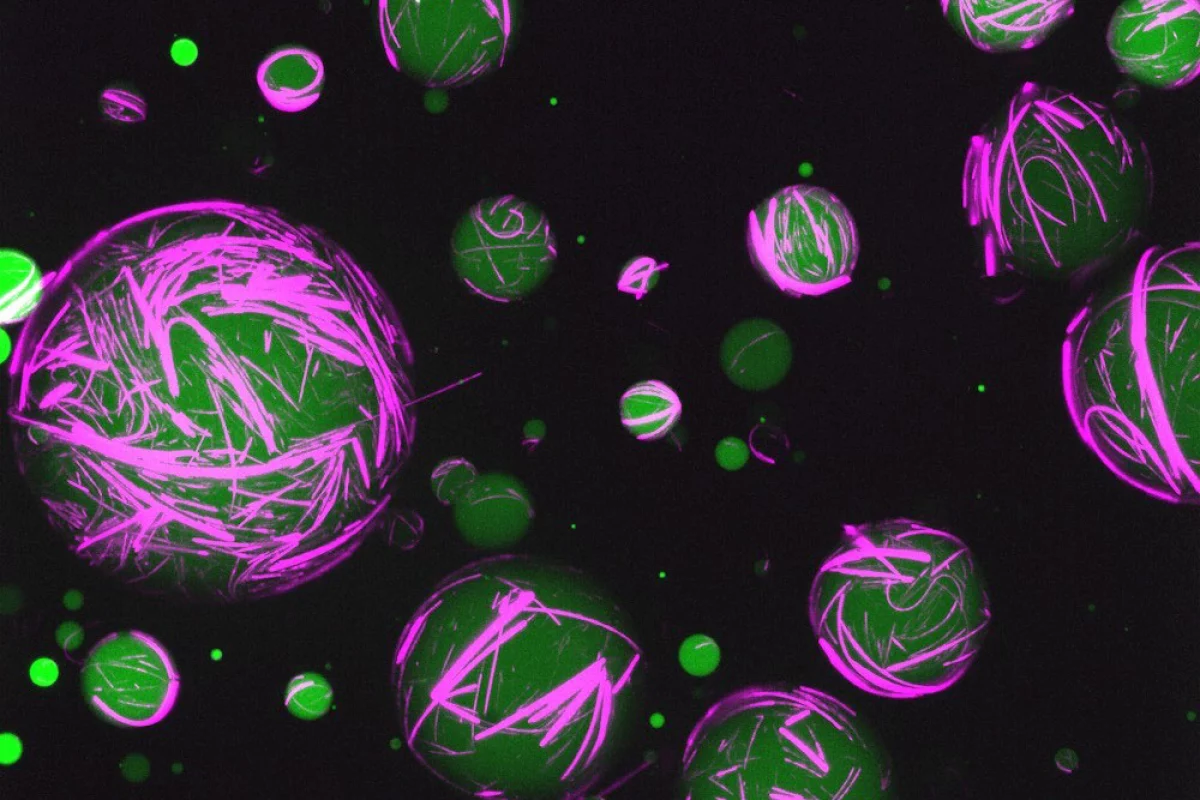Using DNA and proteins, scientists have created new synthetic cells that act like living cells. Blurring the line between artificial and living materials, these cells can be reprogrammed to perform multiple functions, opening the door to new synthetic biology tech that goes beyond nature’s abilities.
Cells get their structure and stability from their cytoskeleton, a crosslinked framework of proteins that encases and protects other components. Depending on the type of cell, this cytoskeleton can be flexible to different degrees and respond in different ways to their environment, giving cells their specialized abilities.
For the new study, scientists from the University of North Carolina at Chapel Hill developed synthetic, self-assembling cytoskeletons, built out of DNA, peptides and other genetic material.
“DNA does not normally appear in a cytoskeleton,” said Ronit Freeman, lead author of the study. “We reprogrammed sequences of DNA so that it acts as an architectural material, binding the peptides together. Once this programmed material was placed in a droplet of water, the structures took shape.”
The researchers were able to program the DNA to assemble in different ways, giving the synthetic cells different functions. They weren’t locked into one purpose either – changing the temperature of the solution can trigger different configurations. Combining different peptides or DNA sequences can make for programmable tissues at larger scale, the team says. While they aren’t as complex as living cells, these synthetic ones are easier to work with and can perform under conditions that natural cells couldn’t handle.
“The synthetic cells were stable even at 122 °F (50 °C), opening up the possibility of manufacturing cells with extraordinary capabilities in environments normally unsuitable to human life,” said Freeman.
When integrated with other synthetic cell technologies, the team says these programmable cells could be useful for regenerative medicine, drug delivery systems and diagnostic tools, among other applications.
The research was published in the journal Nature Chemistry.
Source: UNC Chapel Hill




